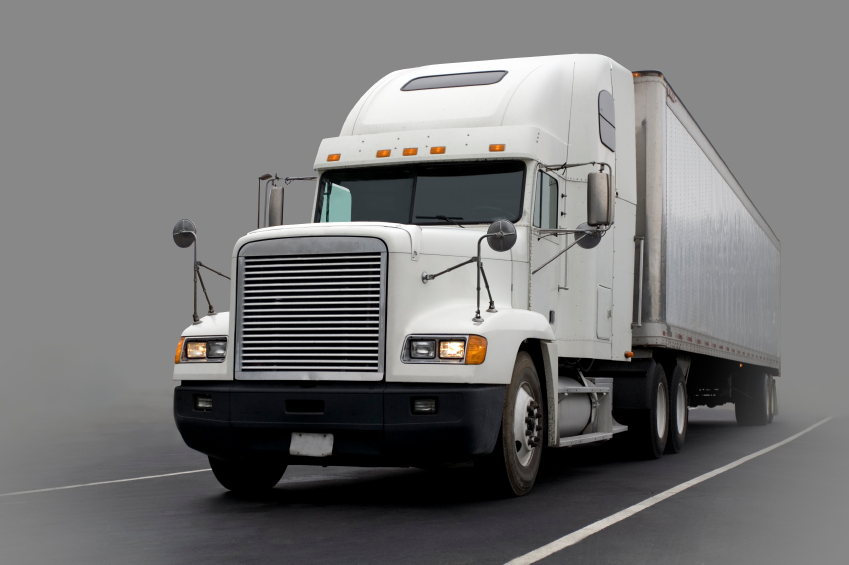 The U.S. unemployment rate remained unchanged at 4.1 percent in January, according to the U.S. Bureau of Labor Statistics. That’s great news, right? Maybe not. There are sectors that need employees due to constraints in the labor market—namely truck drivers. The level of employment in the truck transportation industry is essentially unchanged since mid-2015, according to the bureau. And the impact is starting to be felt.
The U.S. unemployment rate remained unchanged at 4.1 percent in January, according to the U.S. Bureau of Labor Statistics. That’s great news, right? Maybe not. There are sectors that need employees due to constraints in the labor market—namely truck drivers. The level of employment in the truck transportation industry is essentially unchanged since mid-2015, according to the bureau. And the impact is starting to be felt.
Hauling containers from ports and rail ramps to customers door is getting more expensive. Steamship lines are beginning to pull back on door delivery services because of escalating container drayage trucking rate increases. The Cass Truckload Linehaul Index, which measures pricing excluding fuel surcharges, rose 62 percent from December 2016 to 2017. This means ocean carriers door to delivery services are marginally profitable.
What’s driving the increases?
- A healthy economy: High freight demand (increased imports) and tight capacity translates to higher prices.
- Basic economics: Industry driver shortages means less supply and more demand.
- Wait times: There’s been an increase is wait times and congestion at container yards due to increased import volumes.
- Cost: Diesel fuel prices have increases.
- New rules: The new Electronic Log Device (ELD) regulation took effect in December with an impact on long-haul drayage since drivers can only operate for a limited number of hours each day.
Steamship lines can’t find trucking companies willing to deliver to customers door at rates that were negotiated six to eight months ago. Importers are scrambling to find truckers to cover all their container deliveries; many times, this causes a demurrage fee for storage at the container yards.
This year large importers can expect steamship lines to be reluctant to include container delivery rates in yearly contracts. This will put additional pressure on importers requiring them to handle their own container deliveries by going direct to the truckers. Most importers will need multiple trucking company agreements to get this done. Sound complex?
How to handle the situation.
Now might be the time to review your import “last mile” situation for delivering containers. Make sure you have a relationship with a local container drayage company to handle deliveries in 2018 or partner with a freight forwarder, such as Cargo Services.
Our team has the experience and expertise to help handle the ups and downs of container delivery. We have multiple and long-term relationships with local container drayage truckers to manage your deliveries. And we can provide notification of containers arriving at rail ramps to help manage containers’ “last free days” (LFDs) at the ramp to avoid hefty container demurrage charges at the ramp.
Learn about our team here.
